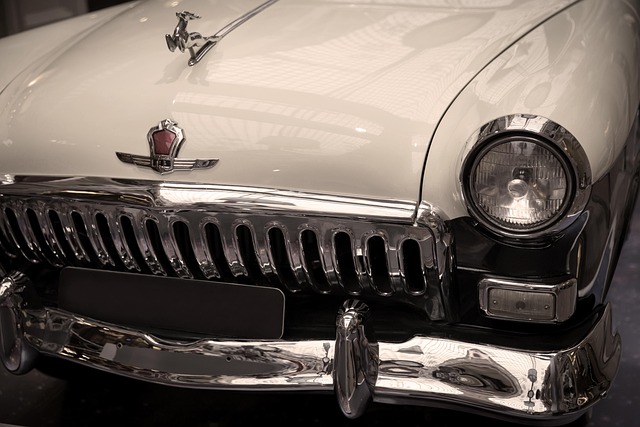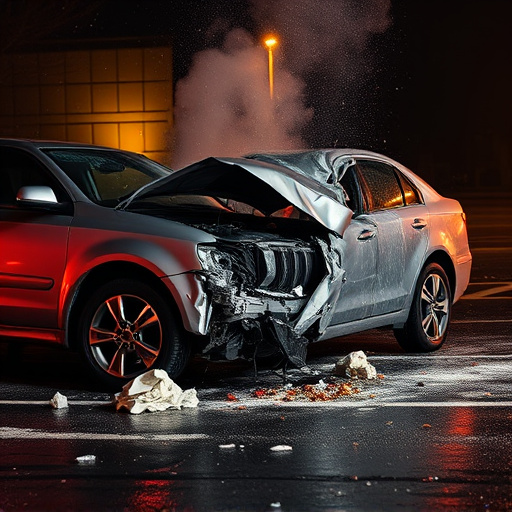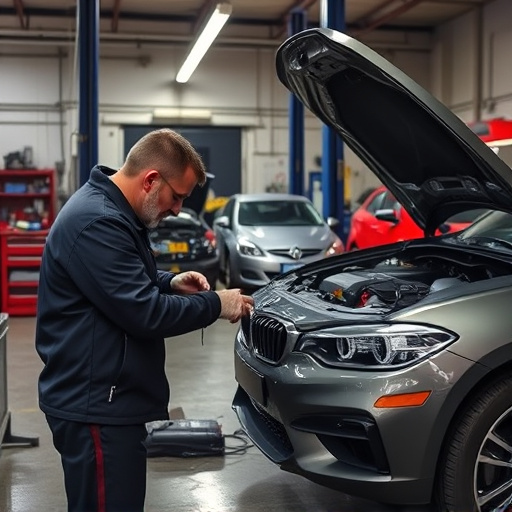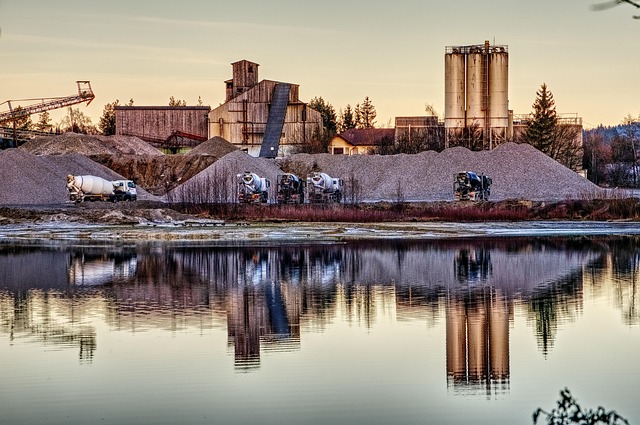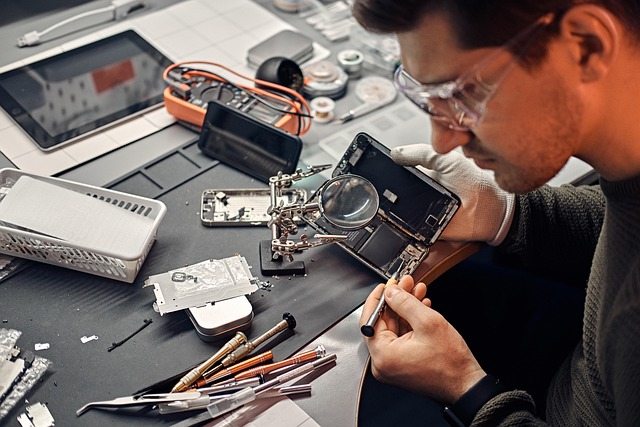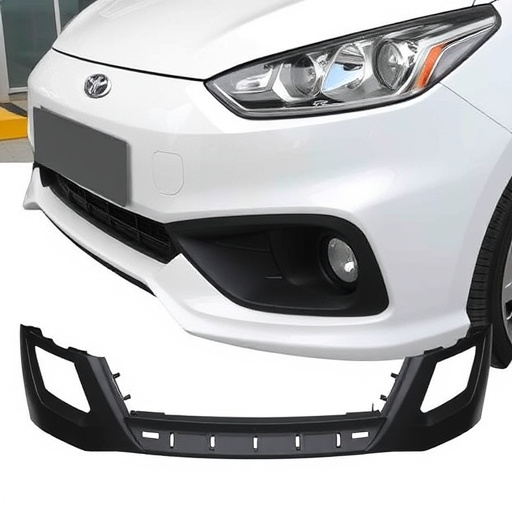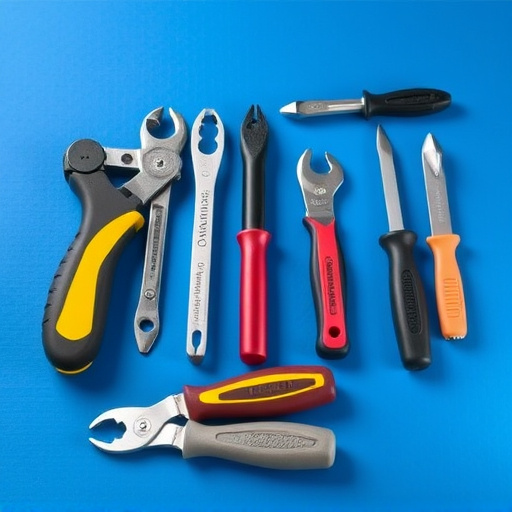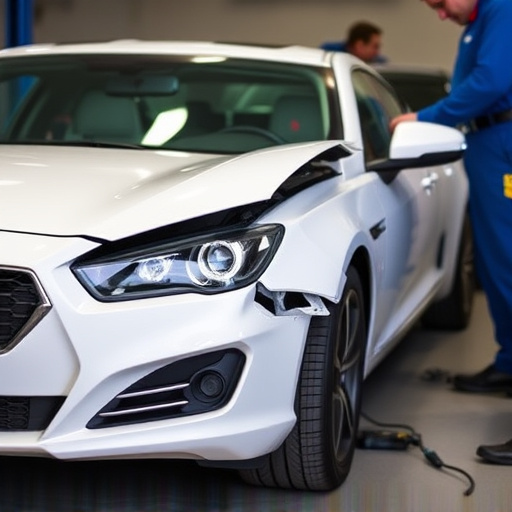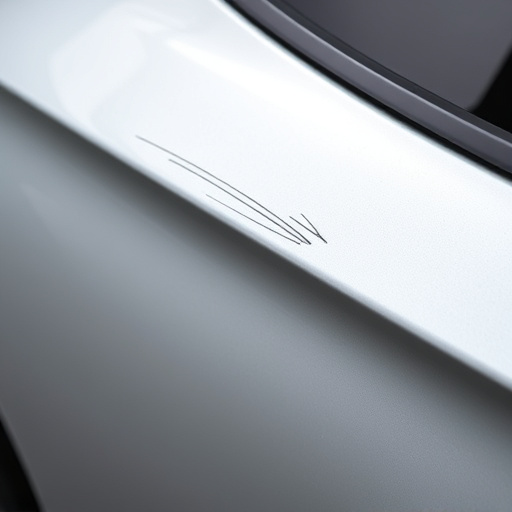Snow-related crashes create unique challenges for collision repair services due to icy roads, reduced visibility, and skidded vehicles leading to various damage types. Effective repairs demand specialized tools, techniques, heated tools for frozen parts, and advanced paint matching technology. Precision and speed are paramount to restore vehicles to pre-crash condition, ensuring safe return to the road through professional snow-related crash repair services that address structural integrity, wheel alignment, and handling issues.
In regions with snowy winters, snow-related crashes pose unique challenges to vehicle alignment. This article explores how these incidents significantly impact car dynamics, delving into the causes and effects of misalignment. We discuss effective strategies for restoration, emphasizing the importance of proper alignment in ensuring safety and optimal vehicle performance post-crash. By understanding the intricacies of snow-related crash repair, mechanics can facilitate swift and accurate alignments, minimizing potential long-term damage and enhancing roadworthiness.
- Understanding Snow-Related Crashes and Their Unique Challenges
- The Impact on Vehicle Alignment: Causes and Effects
- Strategies for Effective Alignment After Snow-Related Incidents
Understanding Snow-Related Crashes and Their Unique Challenges
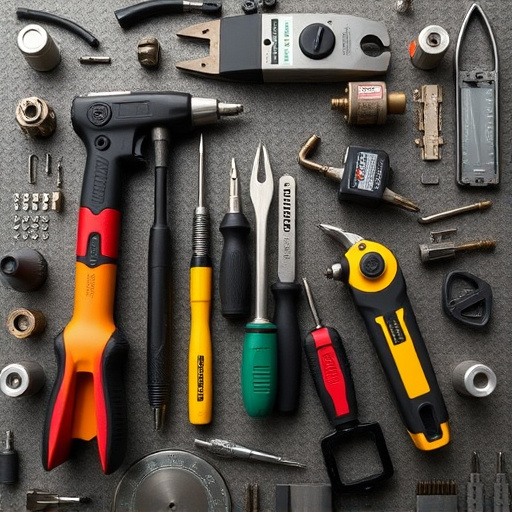
Snow-related crashes pose unique challenges for collision repair services due to the specific conditions that lead to such incidents. These accidents often occur when drivers are caught off guard by sudden snowstorms, ice-covered roads, or reduced visibility, resulting in skidded vehicles and severe damage. Unlike regular road mishaps, snow-related crashes can cause a variety of issues, from crumpled fenders and dented bodies to more complex structural damage. The challenging weather conditions also mean that repairs need to be carried out swiftly to prevent further deterioration of the vehicle.
Understanding these unique challenges is crucial for effective snow-related crash repair. Vehicle restoration experts must be prepared with specialized tools and techniques tailored to address specific types of snow damage, such as dents from skidding or compacted snow. In addition to the typical collision repair processes, this may involve using heated tools for frozen parts or advanced paint matching technology to conceal winter-weary signs on a vehicle’s exterior. Ensuring precision and speed in these repairs is vital to get vehicles back on the road safely and restore them to their pre-crash condition through professional vehicle dent repair services.
The Impact on Vehicle Alignment: Causes and Effects
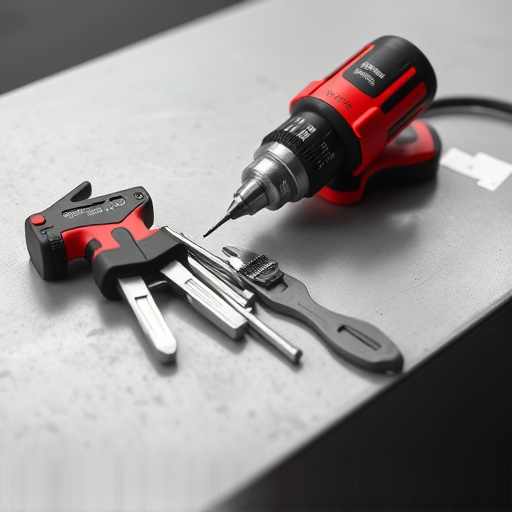
Snow-related crash repairs introduce unique challenges that significantly impact vehicle alignment. During winter conditions, icy roads and reduced traction can lead to loss of control, causing accidents. These collisions often result in various damage types, from minor fender benders to severe structural dents. When a vehicle undergoes a snow-related crash, the force of impact disrupts the delicate balance of its underbody components, including wheels, suspension systems, and alignment angles.
The effects are multifaceted. First, it can lead to misaligned wheels, causing uneven tire wear and handling issues. Second, collision damage might compromise the structural integrity of the vehicle, requiring meticulous fender repair or even paintless dent repair techniques to restore both aesthetics and safety. In severe cases, improper alignment after snow-related repairs can impact braking efficiency and overall vehicle stability, underscoring the importance of professional collision repair services for accurate and safe restoration.
Strategies for Effective Alignment After Snow-Related Incidents
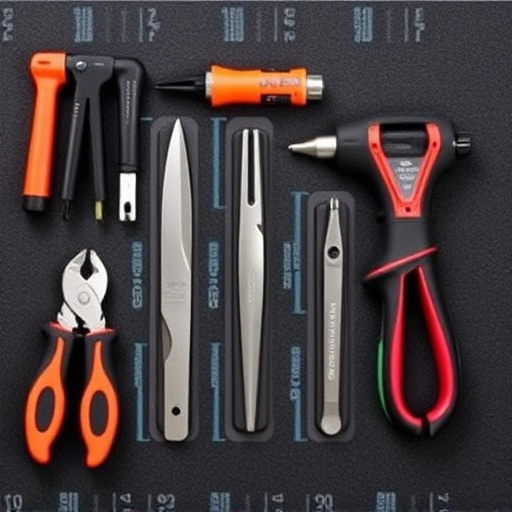
After a snow-related crash, effective alignment is crucial for safe and efficient snow-related crash repair. The first step is to assess the damage meticulously. This involves inspecting all components of the vehicle, from the frame to individual panels, for any misalignments or deformities caused by the impact. Advanced diagnostic tools can help in pinpointing these issues accurately. Once identified, professionals at a collision center use specialized equipment to realign the affected parts precisely, ensuring they return to their original specifications. This meticulous process is vital for maintaining the vehicle’s structural integrity and safety.
Strategizing for alignment repair involves several key steps. It begins with temporary stabilizing of the damaged areas to prevent further deterioration during the repair process. Then, skilled technicians use state-of-the-art equipment like frame machines and laser scanners to accurately measure and adjust the vehicle’s alignment. This high-tech approach ensures that the car handles and performs optimally after repairs. Furthermore, auto dent repair techniques can be employed to restore any cosmetic dents or dings caused by the snow incident, complementing the structural alignment restoration and contributing to a complete car restoration.
In the context of snow-related crash repair, understanding the unique challenges posed by winter conditions is crucial. These incidents significantly impact vehicle alignment, often causing misalignment that can lead to further damage if left unaddressed. By recognizing the causes and effects, as well as implementing effective strategies for alignment, repairs can be more accurately and efficiently carried out. This ensures not only safer driving but also prolongs the lifespan of a vehicle’s critical components, making it a vital aspect of snow-related crash repair.
